Ashburnham Artisans
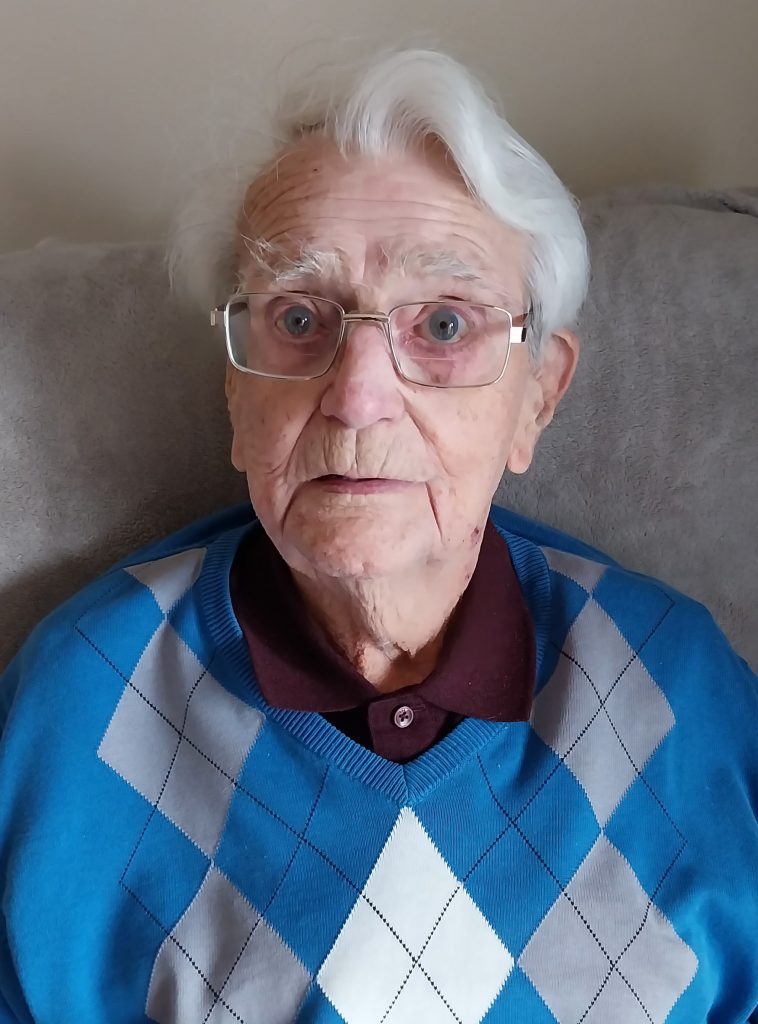
We recently were given the archives of the Ashburnham Golf Club Artisans courtesy of Alan Davies (pictured). They were extensive and we cannot do justice to the whole collection of documents. However, we hope that the following article provides a fair, but brief, overview of what the Artisans were about. All photos are from the archives.
In 1912 an Artisans section was set up at the Ashburnham Golf Club. It was the first to be set up in Wales. The story is told that a few caddies were caught “poaching with golf clubs on the links” and as a result the Ashburnham Golf Club Council set up an Artisan group.
The first golf artisan groups were set up in the USA and quickly came to England. It was a class of membership of a golf club with restricted rights for a low membership fee and artisan groups addressed the growing popularity of golf among the working classes. Artisans had limited playing rights. In the case of the Ashburnham Club, It was laid down in the rule book:
“Artisans must not start play between 1pm and 3pm on Saturdays and Sundays and times will be restricted on Bank Holidays”
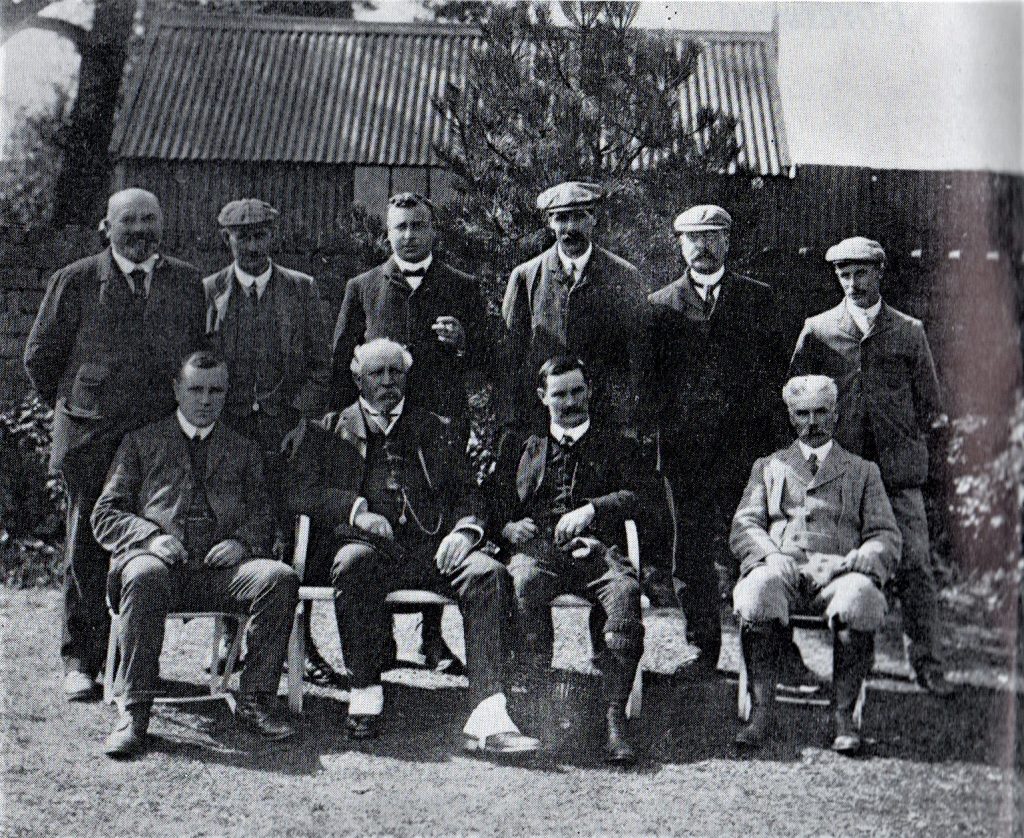
Since working-class men had little recreation time from Monday to Fridays their time on the golf course was restricted. Although when the club was set up the membership was limited to forty, there still would have been little time to enjoy the game. In those early days the sabbath was respected and there was no golf played on Sundays.
In return for the use of the course they had to perform unpaid maintenance jobs which included assisting golf club staff, raking bunkers, repairing path ways and watering greens. When a Championship game was to be played it was all hands on deck to get the greens in tip top condition.
The Ashburnham Golf Club had been founded in 1894 by a small group of men meeting in the Stepney Hotel, Llanelli. These included Mr W.J. Wilson, who became the Captain and Mr R.J. Seymour who became the Secretary. To this pioneering group was co-opted the Earl of Ashburnham (President), Sir Arthur Stepney and Messrs Hugh Neville, G.B. Elkington, W.D. Rock and Ernest Trubshaw who was an extremely good player and became the club chairman.
The Earl of Ashburnham gave land bordering on the foreshore of the Burry Estuary to the golf club for a rental of one pound per annum for three years. The holes were given names initially and these give an indication of the landscape at the time: Railway Hole (the canal crossed this hole), Limekiln Hole, Canal Hole, Dynamite Hole and Tinworks Hole were just a few of the colourful names.
Regular visits of champion golfers Harry Vardon, James Braid and J.H. Taylor enhanced the reputation of the Ashburnham club and J.H. Taylor, who was regarded as one of the three top British golfers, stated: “The turf and going throughout are excellent; the greens collectively speaking are spacious, true, well-kept and their positions well placed. I am confident that the Ashburnham Golf Club will have links that will challenge comparison with many of the best sea-side courses in the country”.
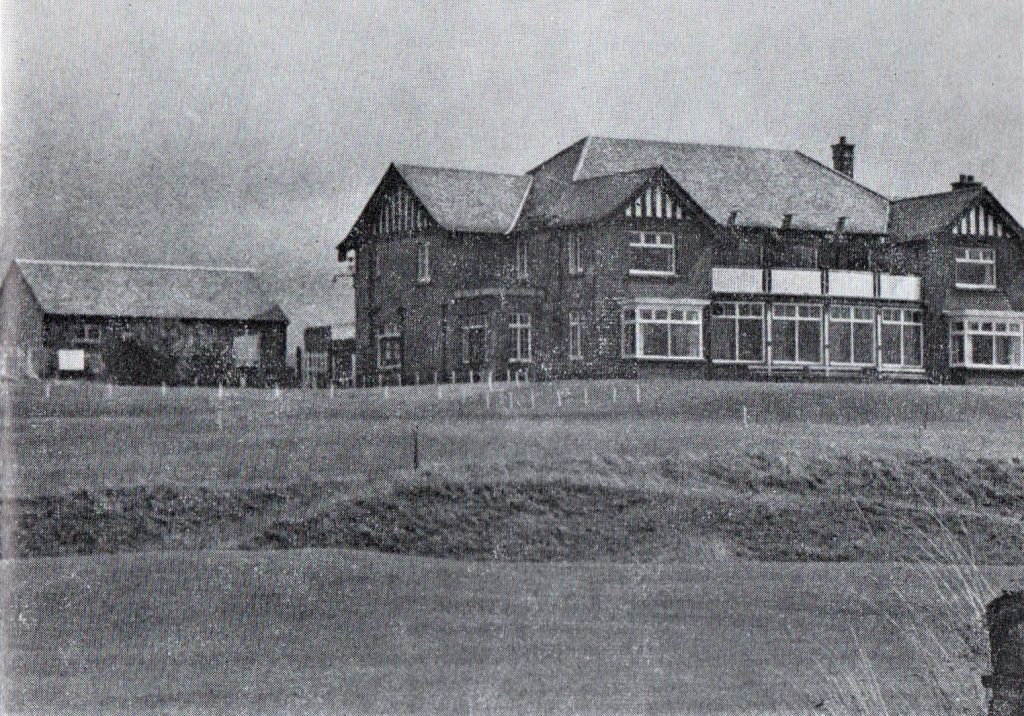
Harry Vardon, American Open Champion and six times British Open Golf champion, is reputed to be the first golfer to wear knickerbockers. What the players thought at the Ashburnham is not recorded!
The Ashburnham Golf Club met in two hired rooms in the Ashburnham Hotel until they built their club house in 1924, but the Artisans were not allowed in the Club House and could not use the facilities of the club. They used the nearby Ship Aground Pub and when times were hard they often met on the grassy bank behind the pub as this picture shows. During the hard times of depression years some artisans couldn’t always afford a pint. But one artisan stated: “the licensee of the Ship Aground has been very good to us. He provides a room for our meetings free of charge and we play for the Ship Aground Trophy which he has donated”.
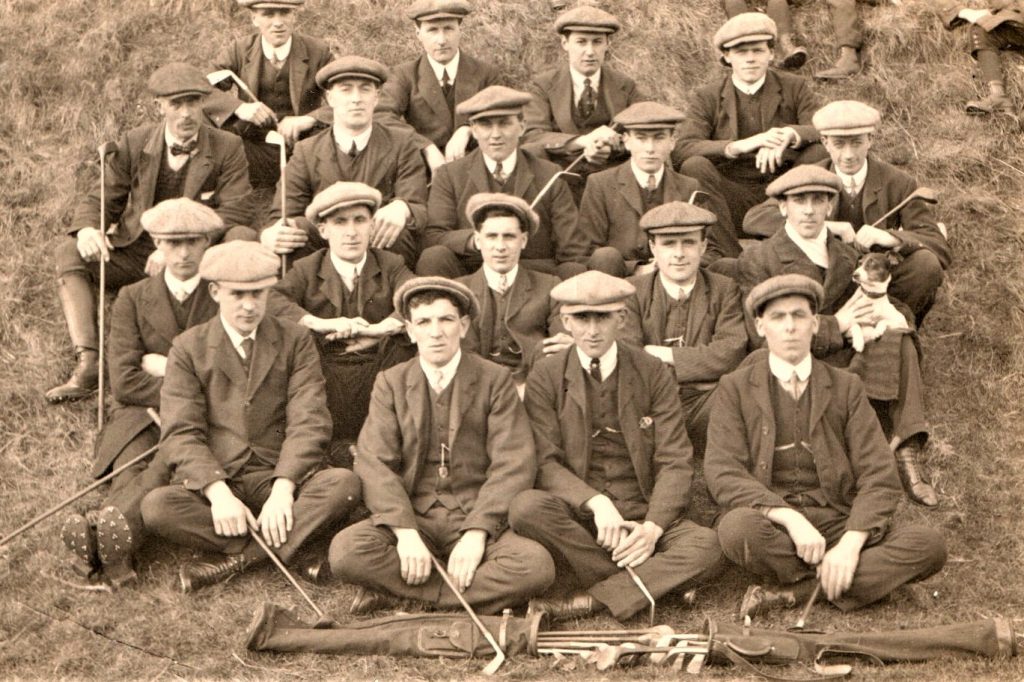
Artisans had their own programme of interclub competitions and fixtures all of which had to be played within the strict timings they had on the greens. There was a keen rivalry between Ashburnham and Fairwood Artisans in Swansea and club fixtures included playing for the Western Mail Shield and a cup presented by ROF Pembrey Social & Recreational Society.
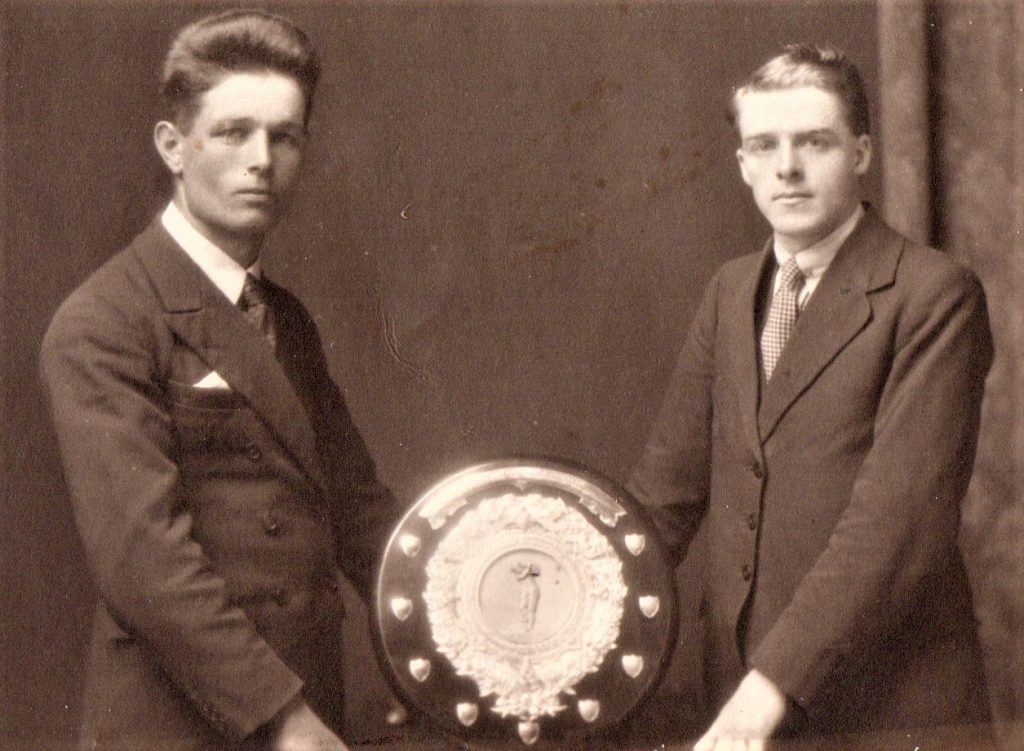
The Artisans club was run on professional lines, mirroring those of the Premier club. They elected officers and members had to apply for membership in writing. They had their own rule book as well as having to obey the rules of the Premier club and the protocol of the course. Members had membership cards and on resigning were required to send in letters of resignation accompanied by their membership card.
Membership was limited to forty members with caddies often taking priority. They would also need to be approved by the Premier Club. Later on when the Artisans were being disbanded the few remaining appealed to the Premier Club to be allowed to join with a special dispensation. However, in a letter from the golf club it was stated that each artisan would be treated no differently from other applicants. He (there is no record of a ladies’ section among the artisans) would need to be proposed and seconded by two members of the Ashburnham Golf club with at least five years standing and, on acceptance by the council, his name would be placed on the club notice board for two weeks before it was agreed..
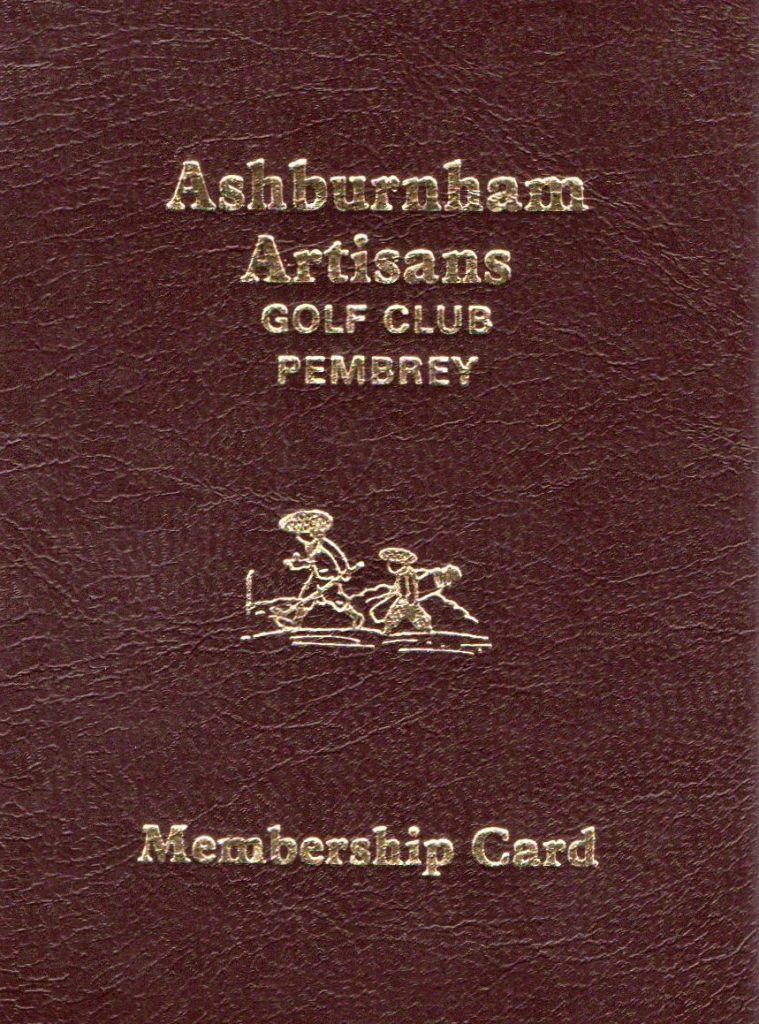
For the Artisans playing time was limited and there were inevitable tensions, but on the whole relationships between the two clubs were good. There was a strict hieratical and social code and invariably when these boundaries were crossed letters of complaint were exchanged both ways. Hot topics included Artisans taking guests onto the course, nipping in to tee off if a hole was vacant whilst another a game was in progress and sometimes availing themselves of the Club House facilities.
The war years took their toll on the course and it took a while to repair the damage. In WW1 troops were encamped on most of the course whilst the rest was turned over to grazing animals. Constant traffic from the nearby ordnance factory also left its mark. In WW2 a small part of the course was kept for the recreation of soldiers stationed close by but most was used to accommodate at various times Indian Cavalry, American artillery and British armoured units. The course was also damaged by the building of a tank trap and also a crater formed by a bomb dropped by a German Heinkel alongside the tenth hole.
In December 1989 the Artisans received a letter from the Golf Club stating that a decision had been taken that no more members would be accepted into the Artisans and resignations would not be replaced. The reason given was that the concept and principles of the club had become very different from what was originally intended.
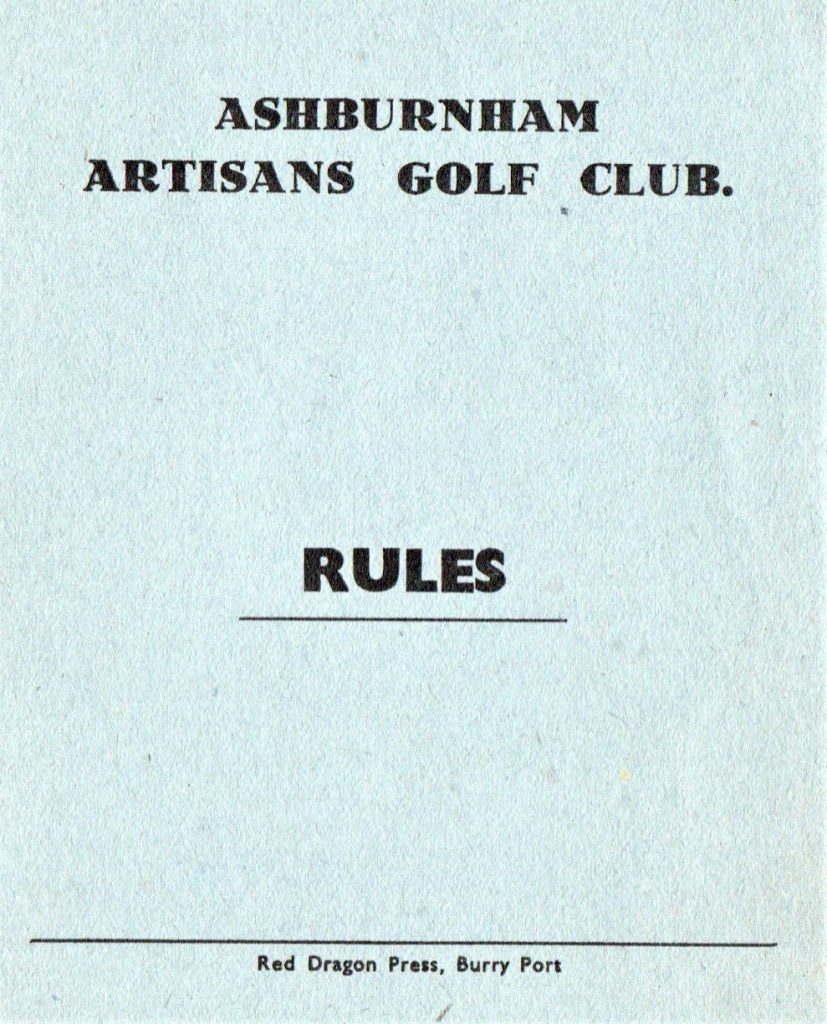
The Artisans pleaded their case to continue stating that, contrary to beliefs held in certain quarters, many of the members were either unemployed, part time workers, people on invalidity or senior citizens. They also played a part in keeping the course safe from vandalism and there were historic ties. Some artisans who in the past had joined the Premier Club had gained a good reputation and won trophies for the Club, making it one of the foremost clubs in Wales. They added the plea: “Is all this to stand for nothing”.
Around the year 1994 only four members the Artisans remained and the club was no longer viable. The proud tradition of Artisan golf came to an end. In 1922, at the opening of the club house, A.M Smith Secretary of the Golf Club had said: “The members of the Ashburnham Club could not claim to be the pioneers of golf in Wales, but they could claim to be the pioneers of an Artisans’ section. It produced honest men, and players worthy of the game”.
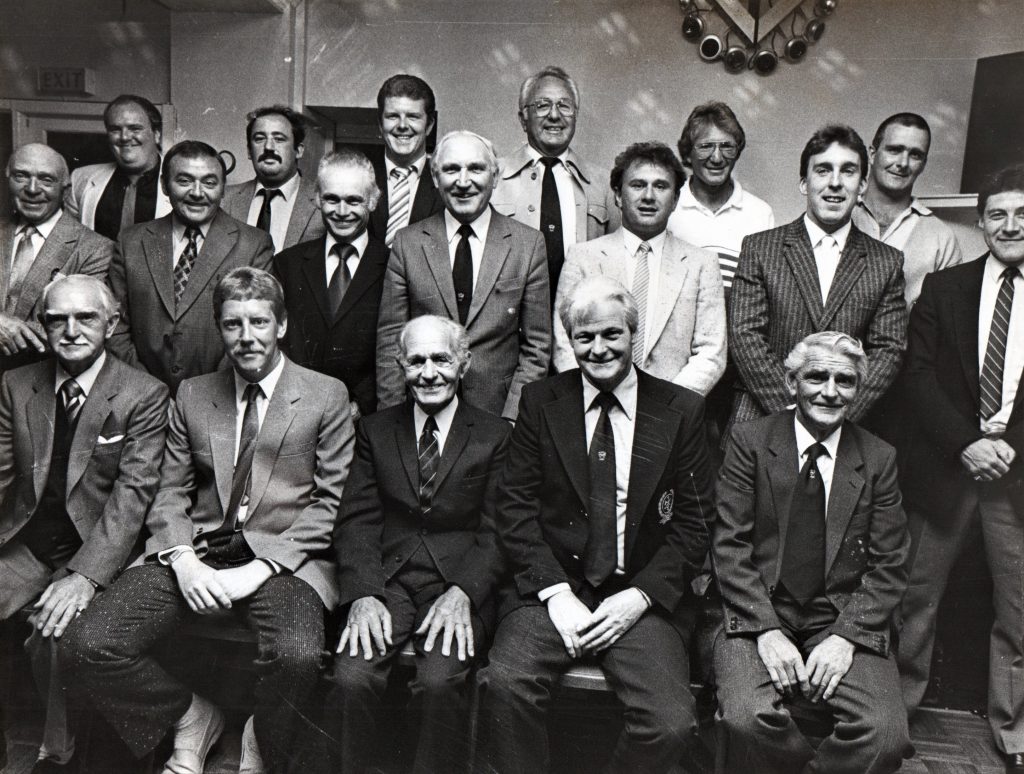
Back Row – Chris Losty; Hugh Rees; unknown; Frank Maclachlan; John Butler; unknown. Middle Row – Les White; David White; Harold Short; Rev Davies; unknown; David Rees; unknown. Front Row – Hugh Morgan; Garry Williams?; Mr. Davies; Paul Purvis; Alan Davies.
ELLEN DAVIES March 2023
